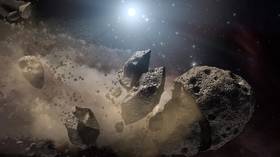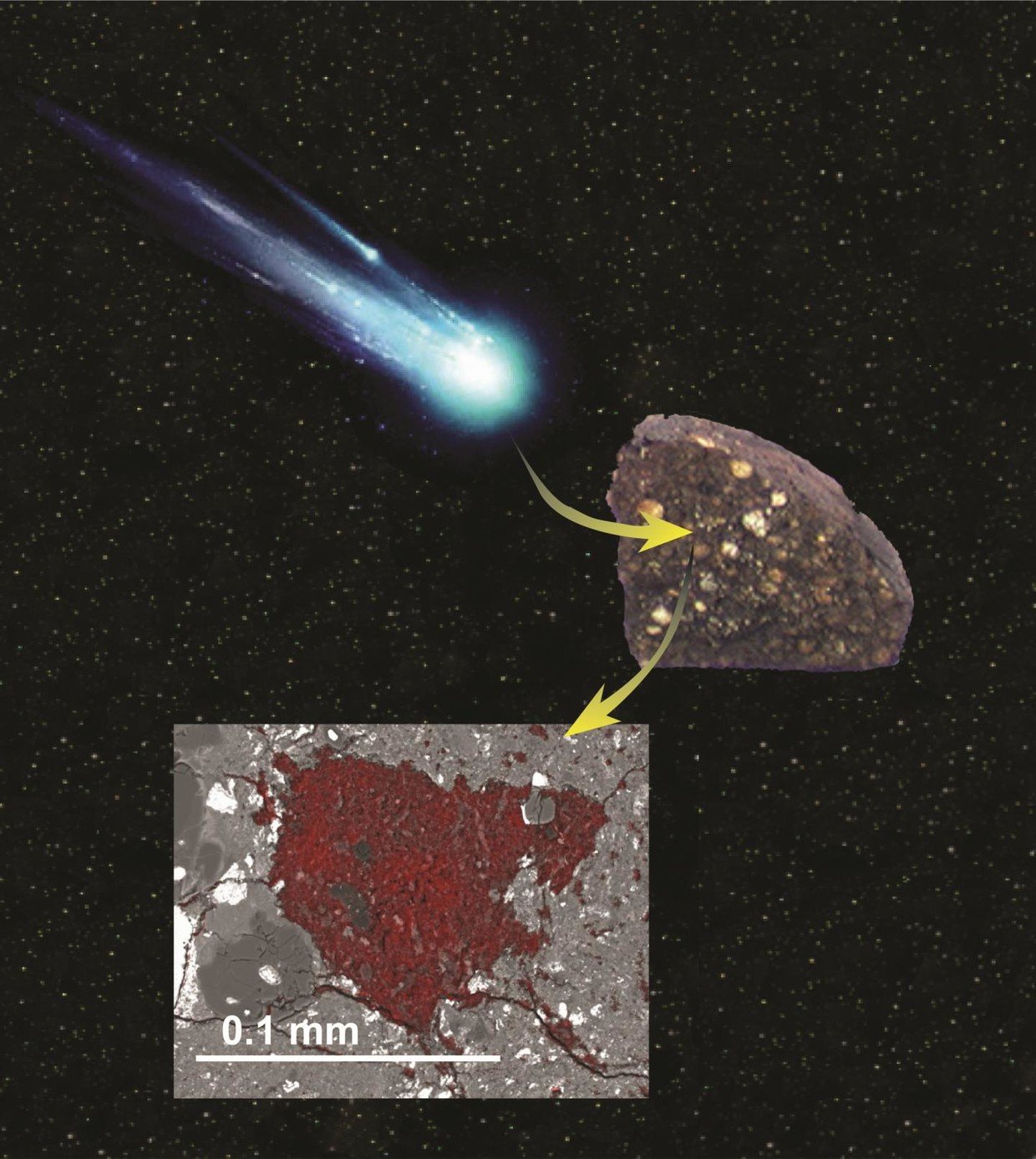Key to the mystery of life? 3.5mn yo comet found inside meteorite could reveal solar system secrets

A small chunk of a 3.5 million-year-old comet found nestled securely inside a meteorite could potentially contain the building blocks of life, a new study has revealed.
The meteorite was found in LaPaz icefield in Antarctica, and the comet piece was preserved inside, protecting it from burning up when the space rock entered Earth’s atmosphere.
“It gave us a peek at material that would not have survived to reach our planet’s surface on its own, helping us to understand the early solar system's chemistry,” Carnegie Institution for Science's Larry Nittler explained of the comet sliver’s fortuitous journey to Earth.

The meteorite has been dubbed ‘LaPaz Icefield 02342’ and belongs to “a class of primitive carbonaceous chondrite meteorites that have undergone minimal changes” since being formed over 4.5 billion years ago outside Jupiter's orbit.
Previously discovered similar meteorites have been found to contain organic compounds like water and amino acids and nucleobases, which are the building blocks of protein and DNA, and allowing scientists incredible insight into the development of the early solar system.
Research on the incredible find suggests particles migrated from the outer edges of the solar system to the closer area beyond Jupiter where the carbonaceous chondrites formed, giving fresh insight into how our solar system operated as the planets were forming.
“When I saw the first electron images of the carbon-rich material [inside the meteorite], I knew we were looking at something very rare,”said Jemma Davidson of Arizona State University's Center for Meteorite Studies. “It was one of those exciting moments you live for as a scientist.”
Meteorites derive from asteroids, and both the comets and asteroids in our galaxy are formed from the gas and dust that used to surround the sun. They form in different parts of space, though, which gives them a different composition: Comets tend to form further from the sun and contain more carbon and water ice.
READ MORE: Japanese probe BOMBS ancient asteroid to look inside it
The researchers conducted chemical and isotopic analysis of the material and determined it had likely come from the icy outer solar system along with objects from the Kuiper Belt, where many comets originate.
Think your friends would be interested? Share this story!














